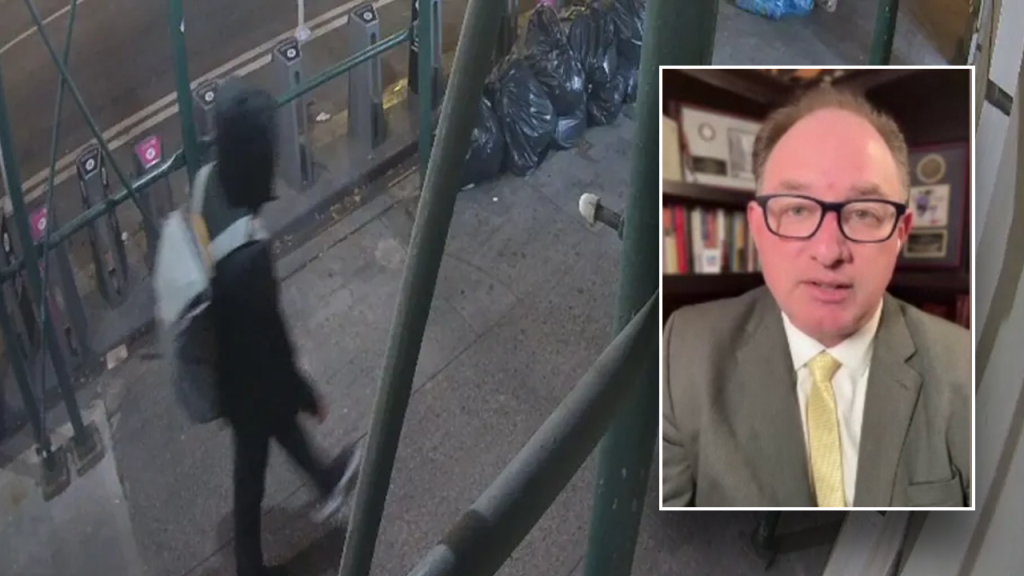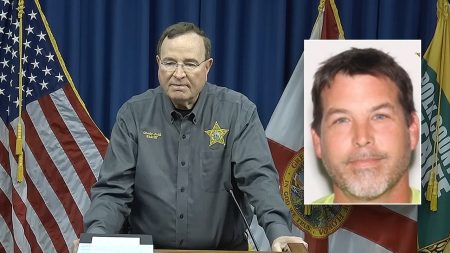The investigation into the assassination of UnitedHealthcare CEO Brian Thompson is unfolding methodically, with authorities deliberately withholding the suspect’s name to maintain a tactical advantage. Former FBI Supervisory Special Agent Jason Pack, a veteran of high-profile cases like the Boston Marathon bombing investigation, emphasizes the strategic importance of this silence. Prematurely revealing the suspect’s identity could alert him, potentially prompting him to flee and jeopardizing the ongoing manhunt. The suspect, unaware of whether authorities have identified him, remains in a state of uncertainty, allowing investigators to meticulously gather evidence and build a solid case founded on probable cause. Pack argues that while public curiosity is understandable, withholding the name, if known, gives law enforcement the upper hand in this critical early stage.
The rapid influx of tips following the release of the Boston Marathon bombing suspects’ photos illustrates the potential impact of publicizing identifying information. In this case, investigators are prioritizing a strategic approach, leveraging the element of surprise to maximize their chances of apprehending the suspect. Pack underscores the importance of a methodical investigation, ensuring every detail aligns with legal standards for probable cause before any public announcements are made. This deliberate approach, while frustrating for the public, is designed to ensure a successful outcome. The full story, he assures, will eventually emerge.
Meanwhile, law enforcement officials express growing optimism about the progress of the investigation. Former D.C. homicide detective Ted Williams believes the net is closing in on the suspected assassin, describing him as a “wannabe professional hitman.” Williams highlights the significant role the FBI’s involvement plays in expanding the scope of the investigation. While New York City’s facial recognition technology is limited to the city, the FBI’s access to national databases significantly broadens the search, potentially accelerating the identification and apprehension of the suspect. This expanded reach, combined with the widespread dissemination of the suspect’s image across the country, increases the likelihood of a swift resolution to the case.
The suspect, captured on surveillance footage, left behind several items at the scene, including a backpack containing a jacket, but no gun. Other items recovered included a water bottle, a phone, shell casings, and, intriguingly, Monopoly money. Williams interprets the inclusion of Monopoly money as a deliberate taunt by the killer, a “cat and mouse game” designed to assert control over the narrative and demonstrate his awareness of the ongoing investigation. The discovery of these items provides investigators with valuable clues, offering insights into the suspect’s mindset and potentially his movements after the crime.
The investigation is focusing on the suspect’s actions immediately following the shooting. He is believed to have fled the scene on a bicycle, entering Central Park where he disposed of evidence before leaving New York City. This rapid departure suggests a degree of premeditation and planning, further supporting the theory that this was not a random act of violence. The recovery of discarded items in Central Park could provide crucial forensic evidence linking the suspect to the crime.
New York City Mayor Eric Adams has confirmed that authorities are “closing in” on the suspect, echoing the optimism expressed by other law enforcement officials. The FBI is offering a $50,000 reward for information leading to the arrest of the individual responsible for Thompson’s murder. The combined efforts of local and federal agencies, coupled with the public’s assistance, are expected to bring the perpetrator to justice in the near future. The investigation continues to unfold, with authorities meticulously piecing together the evidence and following every lead to ensure a thorough and successful conclusion to this high-profile case.








